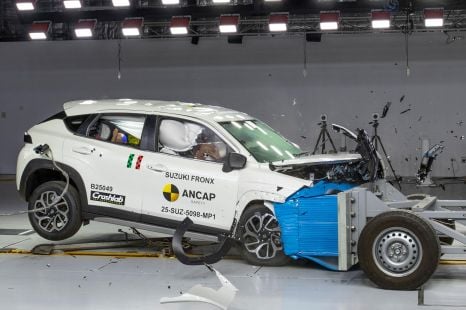

Damion Smy
Suzuki Fronx scores one-star ANCAP rating after seatbelt failure
7 Hours Ago
The Hyundai Kona Highlander is a smart-looking, smartly-trimmed SUV that's benefitted from a comprehensive mid-life update.
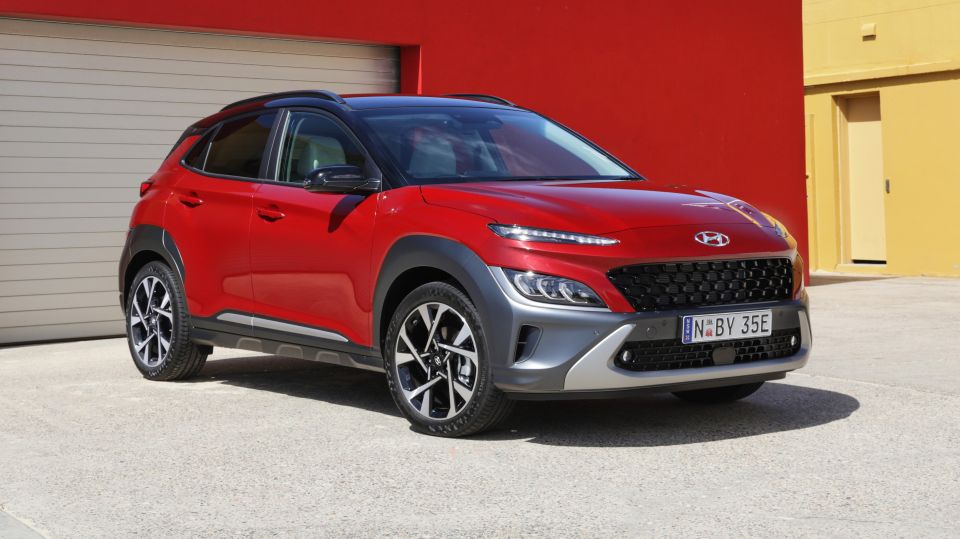
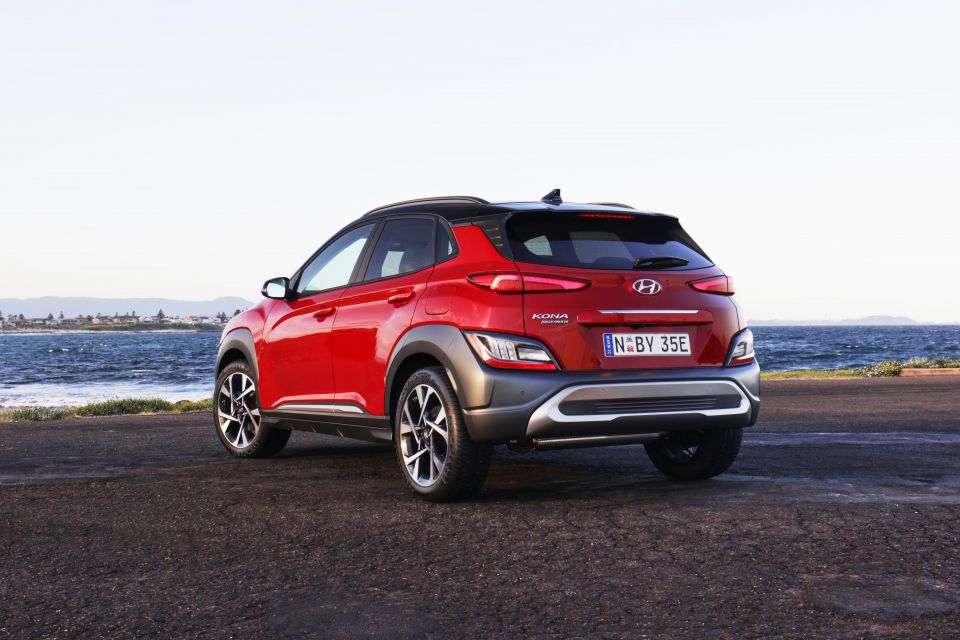

Contributor
New from
$26,600
excl. on-roads

Contributor
New from
$26,600
excl. on-roads


Contributor
New from
$26,600
excl. on-roads

Contributor
New from
$26,600
excl. on-roads
Quickly see how this car stacks up against its competition. Select any benchmark to see more details.
Where expert car reviews meet expert car buying – CarExpert gives you trusted advice, personalised service and real savings on your next new car.
Life moves fast in the small SUV world.
The Hyundai Kona was a unique car when it launched in 2017, backed by an ad campaign revolving around dancing carwash brushes.
The colours were in your face, as was the face itself. Remember when we weren’t sure about two-tier headlights?

In 2021 though, the Kona doesn’t have the same cut-through it once did. Its rivals have become bolder and brighter, not to mention bigger, and the rest of Hyundai’s range has benefitted from new technology sorely lacking on the Kona.
An update early this year set out to make the Kona a more appealing option in a world full of handsome, distinctive, and fun-to-drive rivals. There’s a new look, a new CVT transmission, and an interior that’s noticeably nicer than before.
Here we’re saying aloha to the Kona Highlander, which pairs the base 2.0-litre engine with a well-stocked standard equipment list.
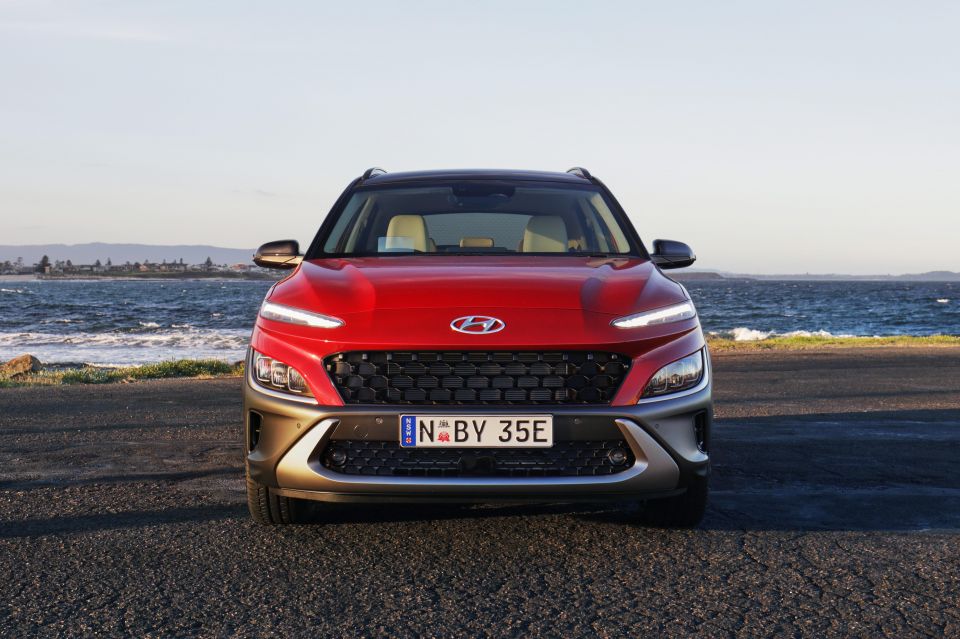
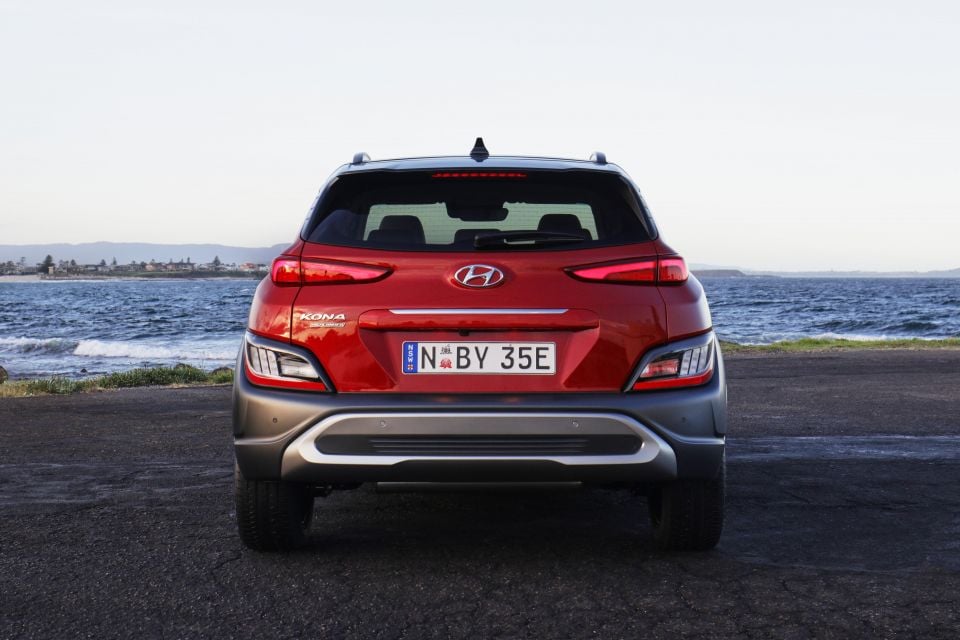
The 2021 Hyundai Kona Highlander is the second-most expensive model in the refreshed Kona line-up, priced from $38,000 before on-road costs.
It sits below the Kona N Line Premium ($42,400 before on-roads) in the range.
The entry point to the range is simply called ‘Kona’, and is priced from $26,600 before on-road costs.
Six exterior colours are available, with premium colours commanding a $595 premium. All but the black car are available with a contrasting roof on the Kona Highlander – note the black roof paint deletes the power sunroof.
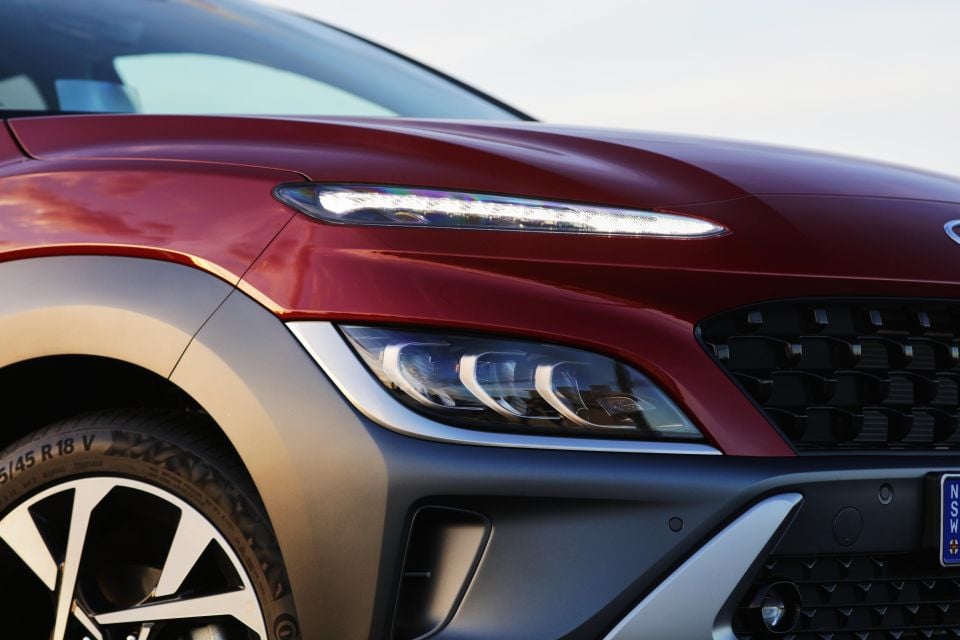
Buy your new car without the stress. It's fast, simple and completely free.

Great service from Travis and team, second time I have used this business would not hesitate to recommend them to anyone
Craig C.
Purchased a Ford Ranger in Sunshine Coast, QLD
CarExpert helped Craig save thousands on his Ford Ranger, now let us save you on your next new car.
Find a dealThe headline pieces of standard equipment on the Kona Highlander are two 10.25-inch displays; one for infotainment and one where the analogue speedo and rev counter once sat.
An eight-speaker Harman/Kardon sound system is standard, along with niceties such as keyless entry and start, rain-sensing wipers, DAB+ digital radio, and climate control rather than old-fashioned manual air conditioning.
Those luxury goodies come atop kit included in lower models including leather seat trim and a leather steering wheel, rear parking sensors, rear privacy glass, power-folding exterior mirrors, and 17-inch alloy wheels.
Even the base Kona packs wireless phone charging, adaptive cruise control, automatic headlights, a reversing camera, and rear air vents.

When the Hyundai Kona was tested by ANCAP in 2017, it received a rating of five stars. That rating was based on a frontal offset score of 14.07 out of 16 and a side impact score of 16 out of 16.
All 2021 Hyundai Kona models come standard with autonomous emergency braking with pedestrian and cyclist detection, lane-keeping assist, lane-following assist as well as front, front-side and curtain airbags.
Standard on the Highlander tested here are blind-spot assist, rear cross-traffic assist, and safe exit warning.
All Konas have three top-tether points and two ISOFIX anchors for child seats in the rear.
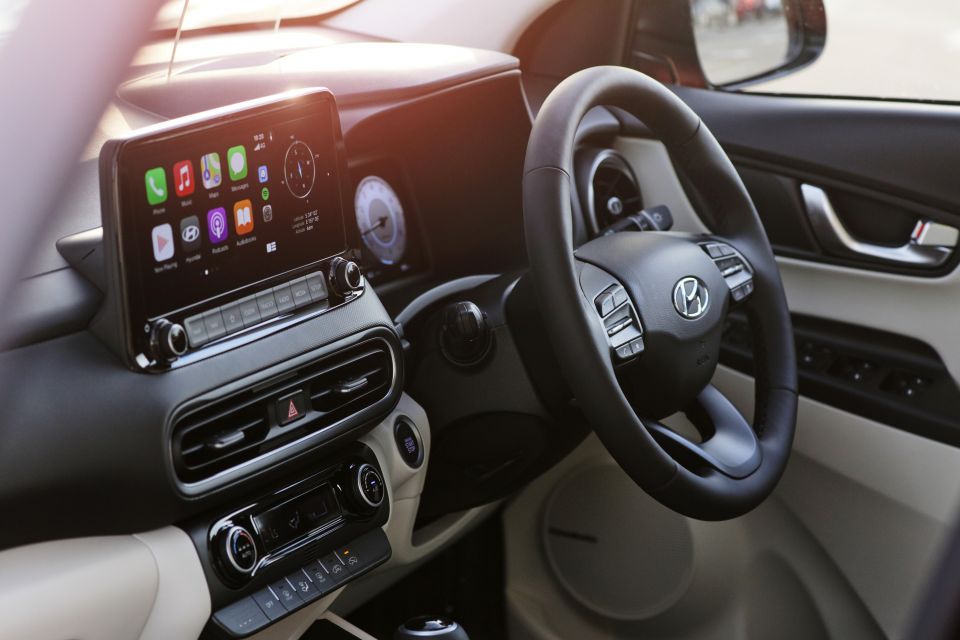
Although the basic interior layout hasn’t changed with the 2021 update, there are plenty of detail tweaks that make the Highlander feel meaningfully nicer inside.
For starters, the two-tone leather interior finish of our tester looks sharp.
The main touch points – from the steering wheel to the gearstick – feel like quality items, and the new dash and 10.25-inch infotainment screen look far more upmarket than the analogue dials and 8.0-inch screen previously offered.
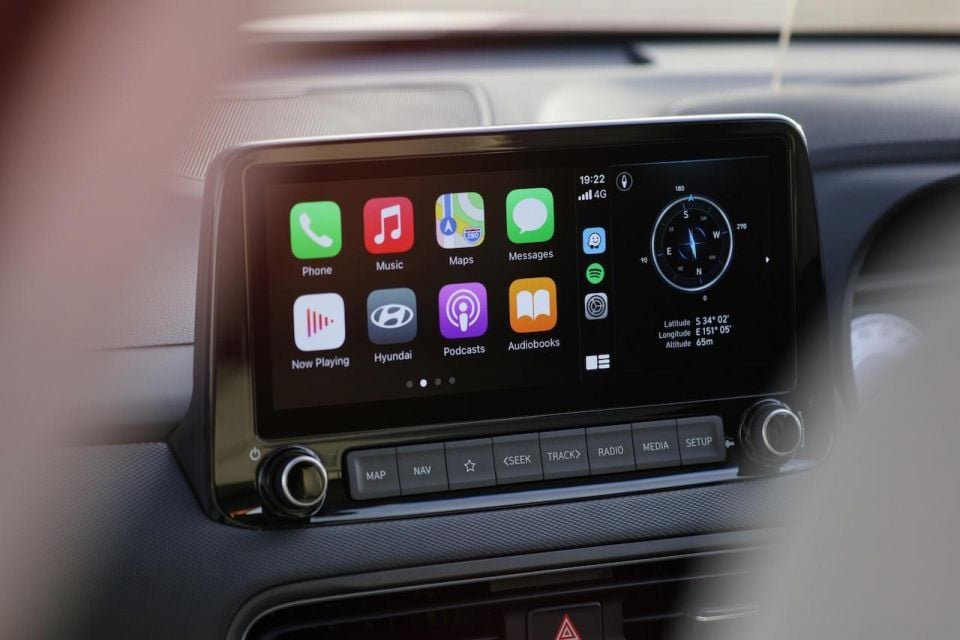
Unlike the base Kona and its buggy wireless Apple CarPlay system, the Highlander gets wired CarPlay and factory satellite navigation. Although that’s a partial loss on paper, it’s a win in practice.
The system itself is polished to look at and quick to respond, although hiding the home, menu, and back buttons at the top-left corner of the screen won’t endear it to short-armed drivers.
Given it can’t display maps and has a limited range of layouts (all of which mimic analogue dials), Hyundai’s digital instrument binnacle can’t match Volkswagen’s excellent Digital Cockpit for functionality.
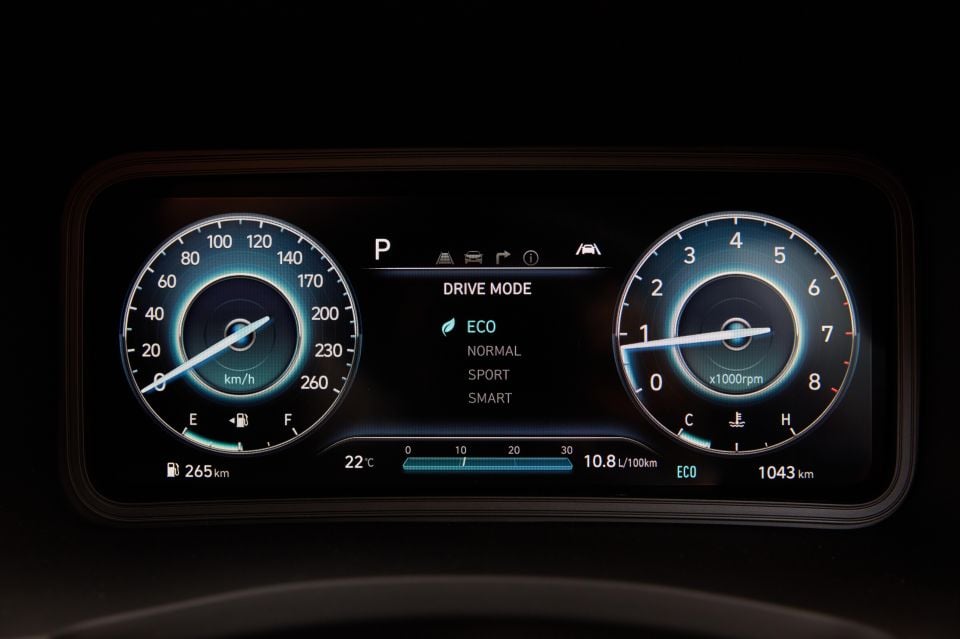
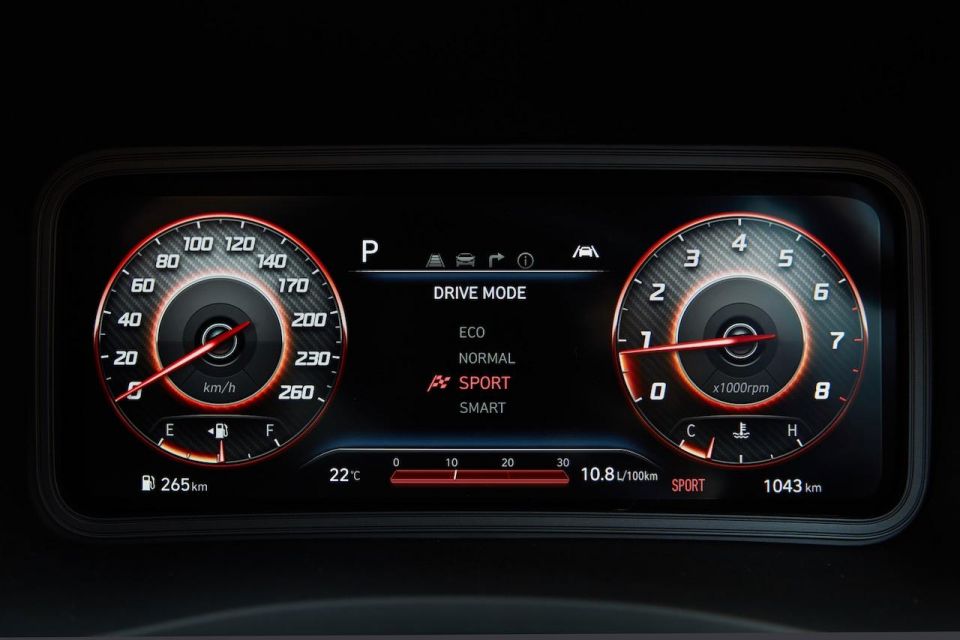
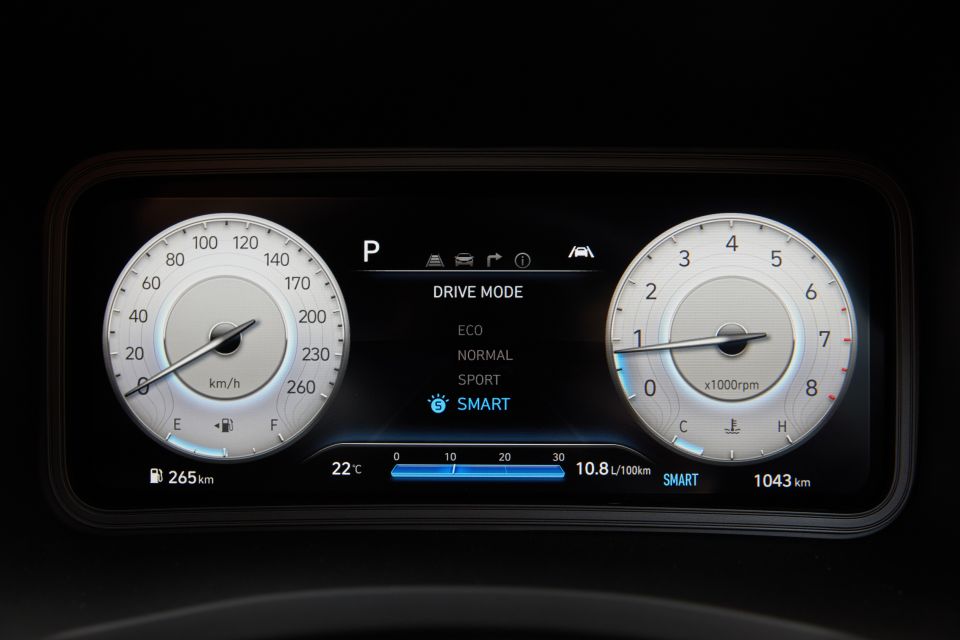
At least it’s clear and easy to read on the move, and packs smooth animations for the transition from Normal to Sport mode.
The fundamentals of the cabin are good up front. The driving position is accomodating for taller drivers but still allows shorter pilots to perch at an SUV-appropriate height, and all the main controls are within easy reach.
With heated and cooled front seats and a heated steering wheel, there’s plenty of premium nods to justify the Highlander’s steep price tag.
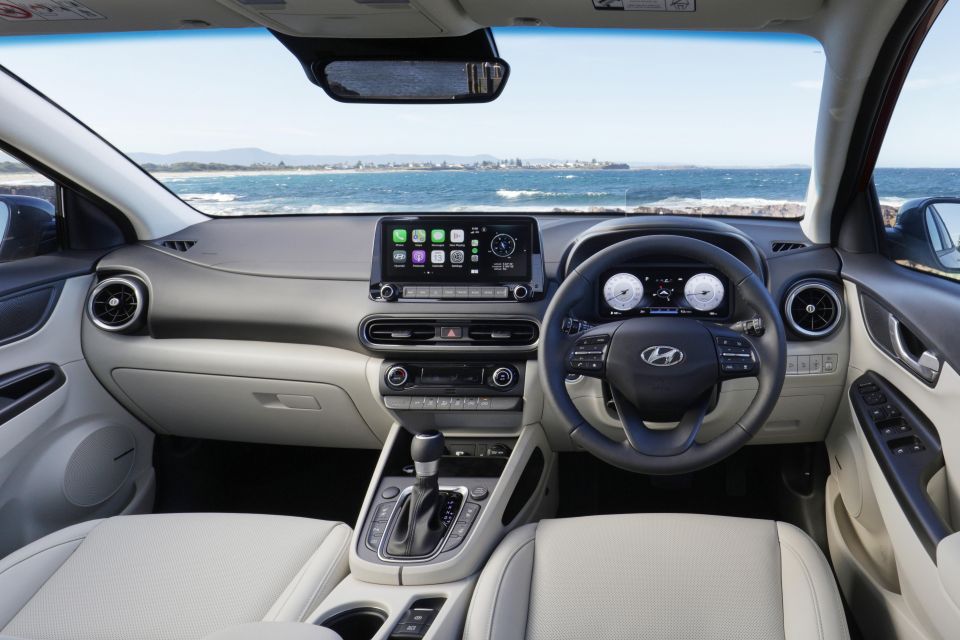
Storage options abound up front, from the spacious central bin to the wireless phone charger and shelf beneath the dashboard. There’s also decent door pockets and a pair of cupholders on the transmission tunnel.
Things aren’t quite so rosy in the rear, where legroom is limited behind anyone but short drivers. The Kona is small next to the Kia Seltos, which has a 30mm longer wheelbase and a 155mm longer body, and it shows when you want to seat adults behind adults.
Kids will be fine, but leggy teenagers will struggle depending on who’s sitting up front. At least there are air vents back there.
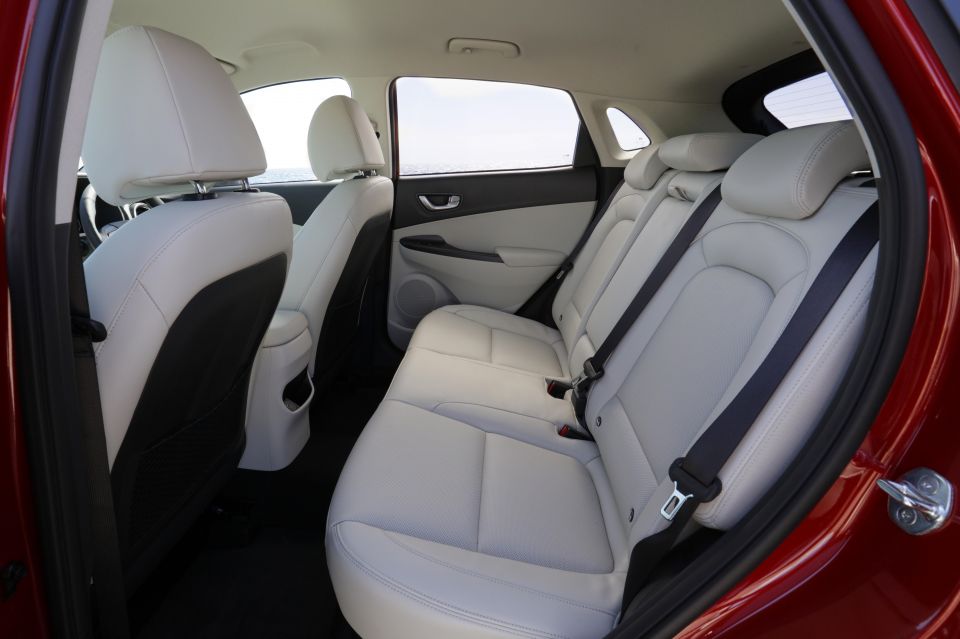
The Kona’s compact dimensions also hurt load-lugging ability. Boot space is just 374L with the rear seats in place, and expands to 1156L with them folded.
The boot floor itself is quite high and the load bay is narrow, so you’ll need to fold the seats if you want to fit a set of golf clubs back there.
Including netting on the boot floor is a nice touch.
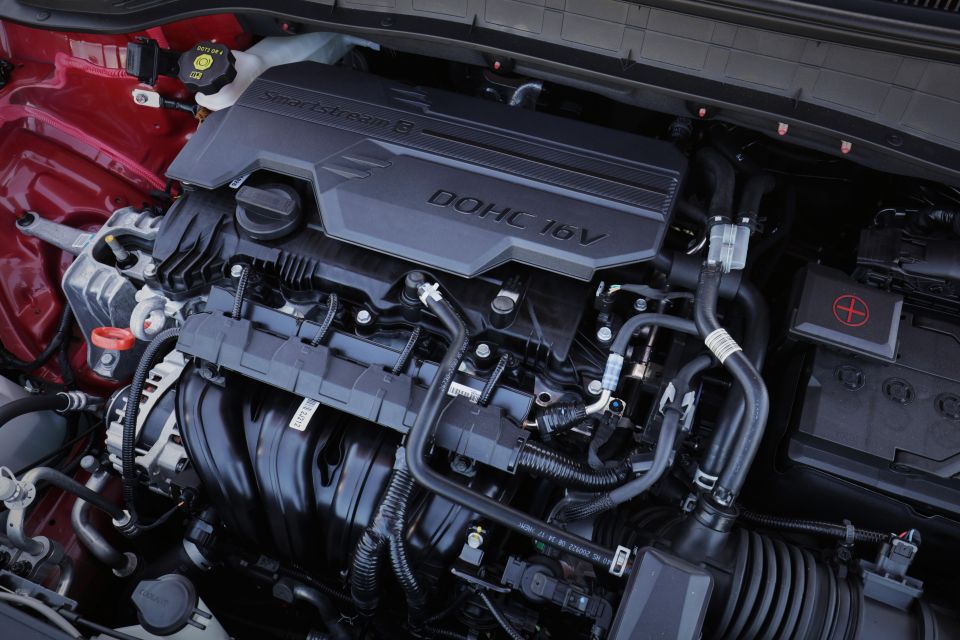
Previously, the Kona Highlander was available with a choice of naturally-aspirated 2.0-litre and turbocharged 1.6-litre engines. For 2021 though, the 1.6-litre option with all-wheel drive is reserved for the N Line and N Line Premium.
The naturally-aspirated 2.0-litre four-cylinder engine in the Highlander produces 110kW of power and 180Nm of torque.
It’s mated to a continuously-variable transmission (not a six-speed torque converter like before) and front-wheel drive.
Claimed fuel economy is 6.2L/100km on the combined cycle, we saw 8.2L/100km during our week of testing with a strong skew to city driving.
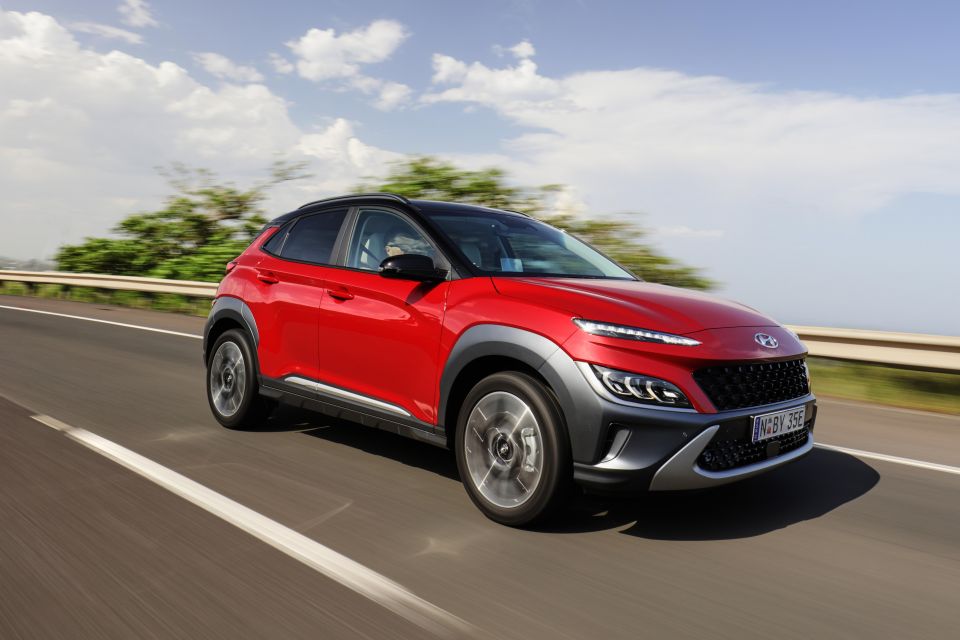
Usually, swapping a torque converter automatic for a CVT is bad news. Not here.
It’s not what you’d call a firecracker on paper, but the new transmission in the Kona transforms what was a pretty average powertrain into something smoother, faster, and more fuel efficient.
Unlike some CVTs, the transmission in the Kona doesn’t have an awkward, elastic feeling off the mark. It also doesn’t drone or hold constant revs for too long, even when you ask for maximum performance.
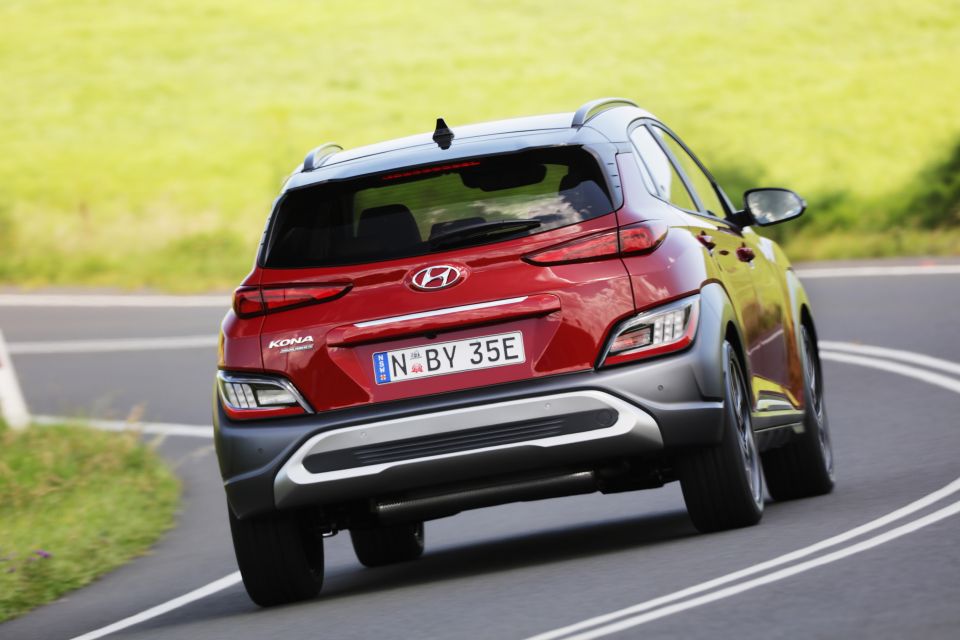
Someone very clever at Hyundai has done a good job making the transmission feel natural, even mimicking a normal gearbox with revs that rise and fall with simulated shifts.
It’s a big step forward from the six-speed automatic in the pre-update Kona, which didn’t have the tools to mask the flaws in what’s a relatively asthmatic engine.
Beyond the transmission, not much has changed in the Kona. That’s no bad thing.
The ride quality in the comfort-focused Highlander is excellent in the city, where it soaks up potholes and speed bumps without breaking a sweat.
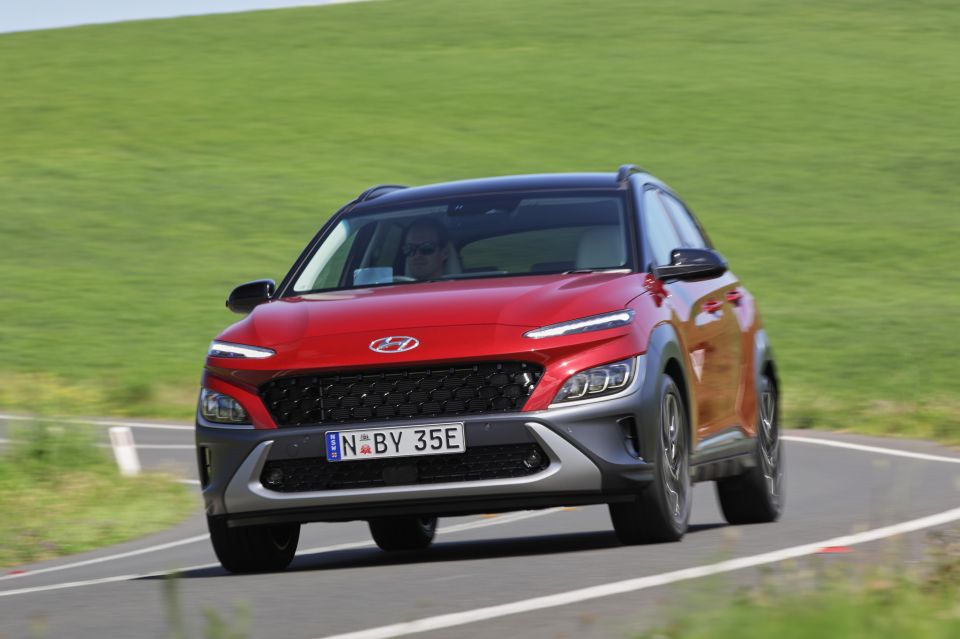
Where expert car reviews meet expert car buying – CarExpert gives you trusted advice, personalised service and real savings on your next new car.
Although some bumps are accompanied by a ‘thwack’ noise in the cabin, passengers are rarely troubled with what’s happening in the outside world.
The steering is light enough that even your grandma could parallel park one-handed, and the reversing camera works combines with decent all-round visibility out the windows to make navigating tight streets a breeze.
The engine is generally quiet and composed in town, sitting happily below 3000rpm when you accelerate normally away from the traffic lights. It gets a bit shouty if you’re in a hurry though.
Road noise and wind noise are well suppressed, although there’s a bit of tyre roar on poorly-surfaced Australian back roads. It’s worth noting the Kona is far from alone in that regard.
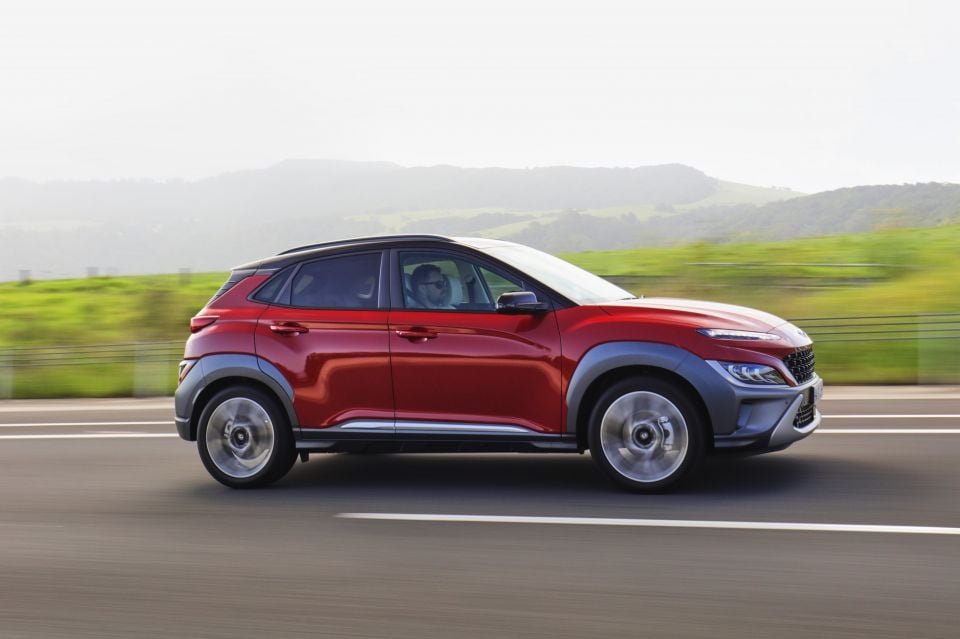
It also feels planted and stable at highway speeds, and isn’t buffeted by crosswinds. It might be a small SUV on paper, but the Kona has a big car feel on the open road
Hyundai’s lane-keeping and lane-centring are way too heavy-handed to be useful on long trips, though.
Lane-centring in particular feels like it wants to wrestle the steering wheel from your hands, and even the lane-keeping intervenes with more confidence than it really should.
Thankfully they’re both easy to turn off. Driver assists are good, but not when they try to dominate.
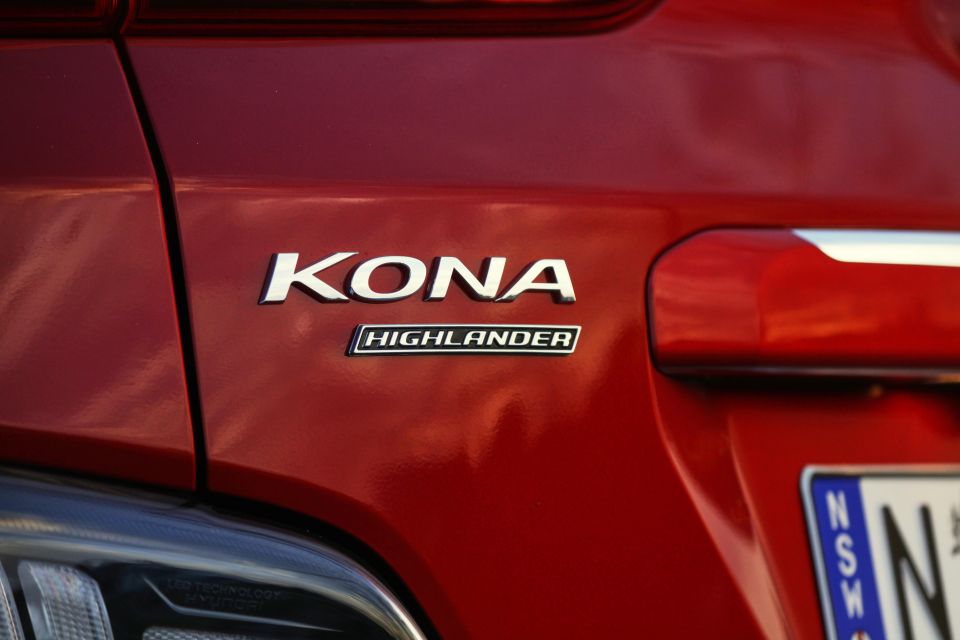
The Kona is covered by a five-year, unlimited-kilometre warranty, with services required every 12 months or 15,000km.
A trio of prepaid service plans are offered on the Kona.
Three years of maintenance will set you back $957, four years costs $1276, and five years will cost $1595.
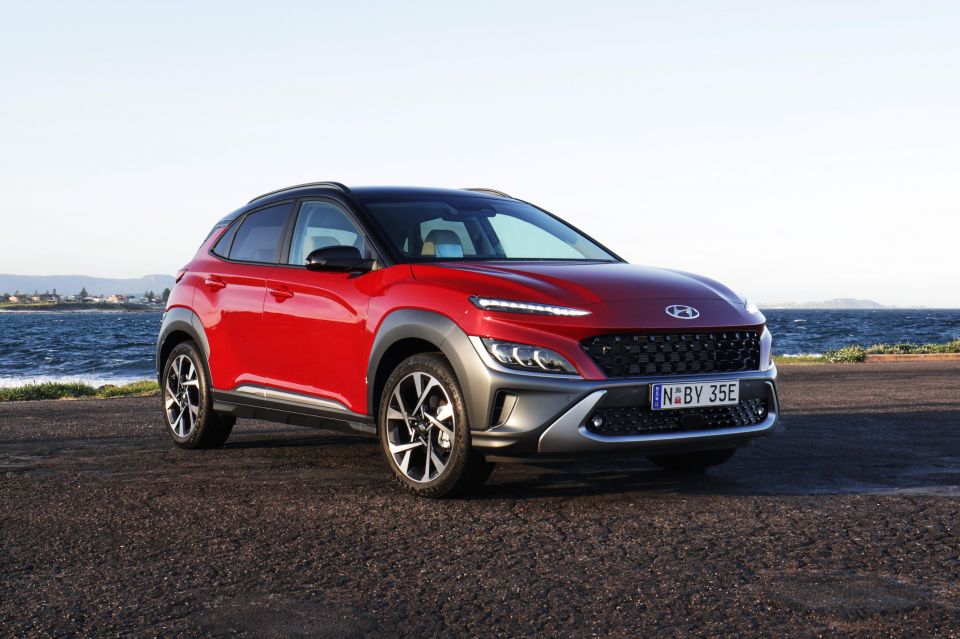
Hyundai has improved the Kona Highlander significantly with the 2021 update.
We’ll let you judge the new look for yourself, but the interior upgrades make this high-end small SUV feel more premium than before, and the new transmission is a big step forward.
The car’s shortcomings haven’t been fixed entirely. There’s no escaping the fact the Kona feels small compared to some of its rivals, and can’t match them for practicality. It won’t be a problem for everyone, but young families might want to look elsewhere.
Not worried about carrying around lots of kit? Full judgement will be reserved until we’ve spent some time in the new Kona N Line, but even without a 1.6-litre turbo engine option, the Highlander could just be the high-end Kona you want.
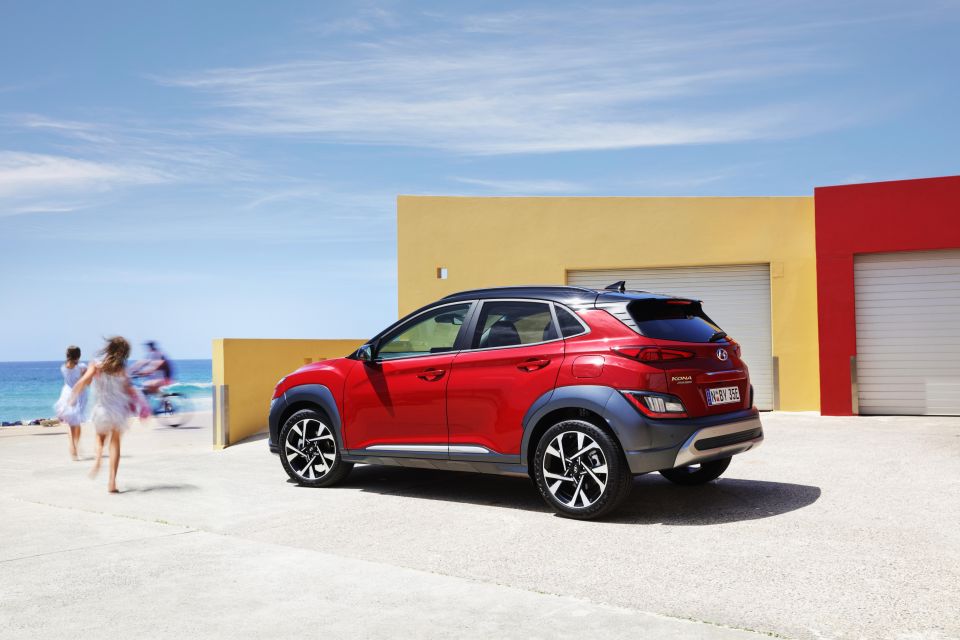
Click the images for the full gallery
Where expert car reviews meet expert car buying – CarExpert gives you trusted advice, personalised service and real savings on your next new car.
Scott Collie is an automotive journalist based in Melbourne, Australia. Scott studied journalism at RMIT University and, after a lifelong obsession with everything automotive, started covering the car industry shortly afterwards. He has a passion for travel, and is an avid Melbourne Demons supporter.


Damion Smy
7 Hours Ago
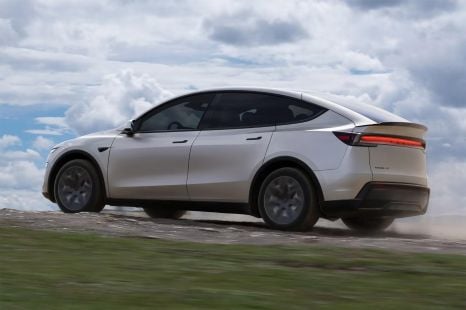

Derek Fung
16 Hours Ago
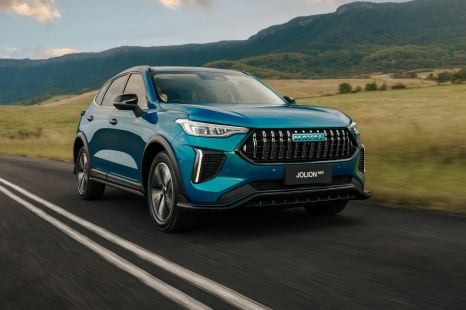

Max Davies
2 Days Ago
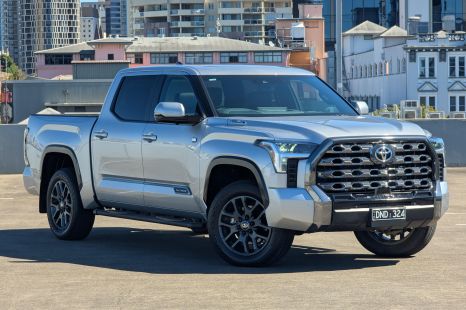

Damion Smy
3 Days Ago
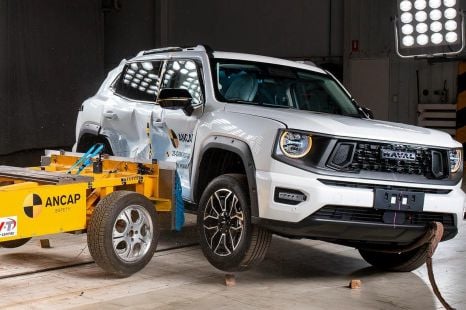

James Wong
3 Days Ago
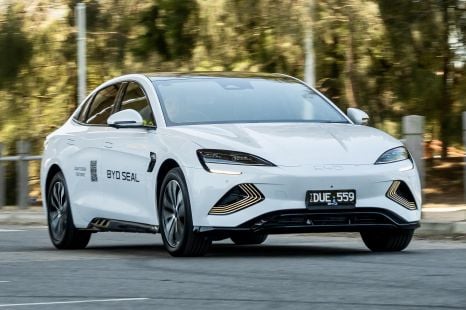

Max Davies
7 Days Ago